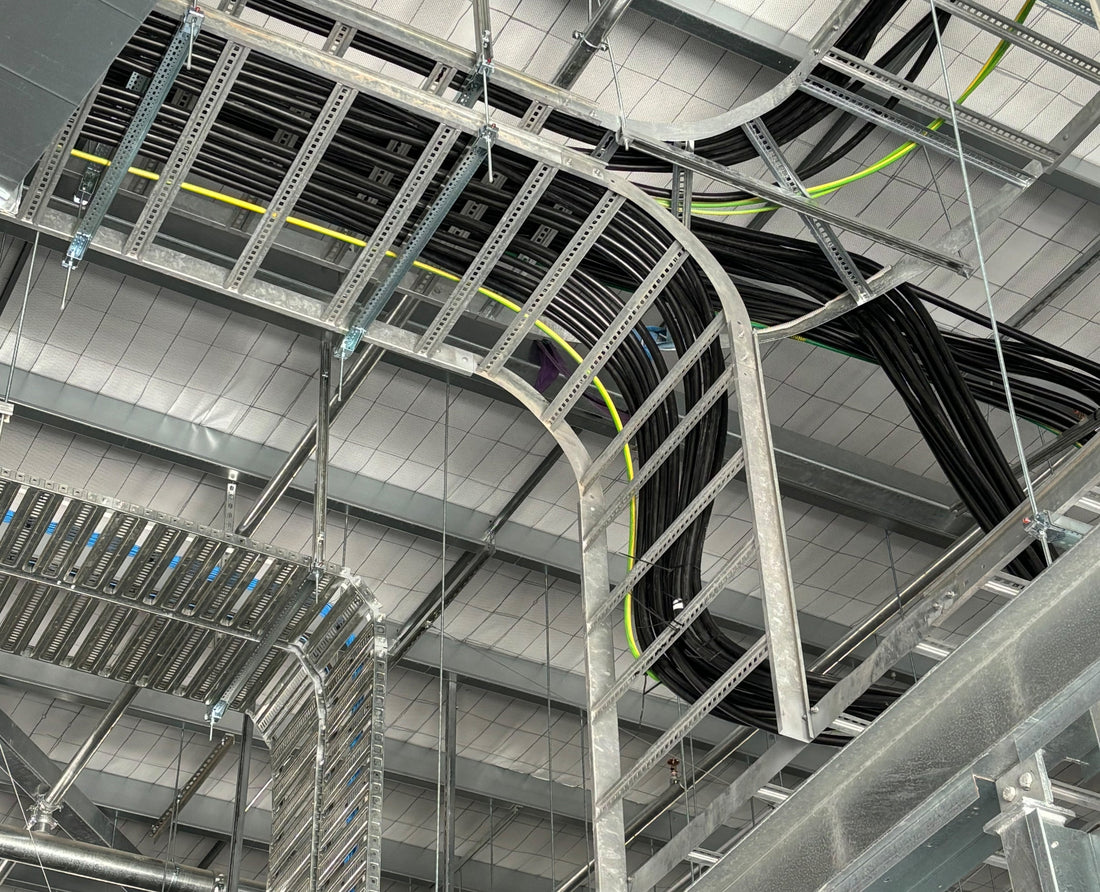Is Your Cable Tray System Optimized for Safety, Reliability, Space, and Cost Efficiency?

Cable tray (or cable ladder) systems serve as an excellent alternative to electrical conduit systems, renowned for their outstanding reliability, design flexibility, and cost-effectiveness in commercial and industrial applications. A well-designed and properly installed cable tray system provides unparalleled support for a facility’s control, communication, data, instrumentation, and power cabling, ensuring the stable operation of the entire electrical network.
However, the value of a cable tray system goes beyond mere installation. If the design phase fails to fully consider its specific application and operating environment, the risk of potential electrical system failures increases significantly. This could result in millions of dollars in unplanned downtime losses and pose serious threats to both assets and personnel safety.
To achieve a truly optimized cable tray system, comprehensive planning must extend beyond “simple cable laying.”
An excellent cable tray system design requires balancing multiple factors. In terms of safety, it must possess sufficient structural strength, fire resistance, and corrosion resistance to handle extreme conditions. For reliability, the layout should avoid electromagnetic interference and ensure compliant cable installation and heat dissipation. Regarding space utilization, rational three-dimensional layering and pathway optimization can significantly improve space efficiency in plants or utility tunnels. Ultimately, all these factors contribute to long-term cost savings—reducing unplanned downtime due to failures and lowering the complexity and expense of future maintenance and expansion.

To assist you in systematically navigating this process, we have prepared a detailed Cable Tray System Design Considerations Guide. This guide not only provides an in-depth analysis of key design factors for industrial and commercial projects but also demonstrates how Eaton’s comprehensive solutions and services can help you achieve the following:
Maximize Return on Investment: With flexible designs that accommodate future expansion, protecting your initial capital investment and avoiding redundant construction.
Prevent System Failures: Proactively avoid unplanned power outages and system interruptions caused by design flaws, ensuring operational continuity.
Reduce Operating Costs: Minimize expensive unplanned downtime and decrease the frequency and complexity of daily maintenance.
As a leader in the cable tray industry, qinkai offers one of the broadest ranges of cable management solutions available on the market today through its cable tray series portfolio. Backed by unparalleled product quality and service support, we provide a variety of styles, materials, and surface finishes to meet virtually any demanding cable management application requirement. Choosing qinkai means committing to safety, reliability, and operational efficiency.
Post time: Sep-30-2025
